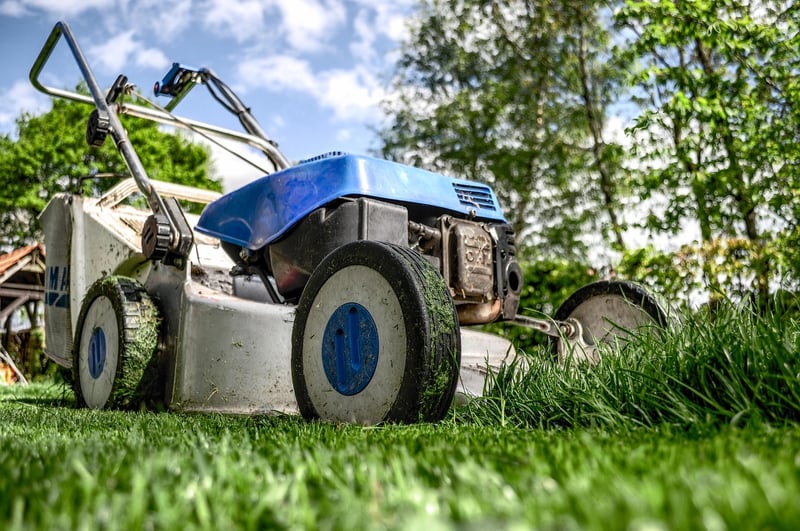Pruning Techniques
Maintaining Plants: Essential Pruning Techniques

Keeping your plants healthy and thriving involves more than just watering. Proper pruning is a crucial aspect of plant maintenance that can promote growth, improve aesthetics, and prevent diseases. Here are some essential pruning techniques every plant enthusiast should know:
1. Deadheading
Deadheading is the process of removing spent flowers from a plant. By cutting off dead blooms, you encourage the plant to produce more flowers and prevent it from wasting energy on seed production.
2. Thinning
Thinning involves selectively removing branches or stems to improve air circulation and sunlight penetration within the plant. This technique helps reduce the risk of diseases and encourages healthy growth.
3. Pinching
Pinching is the act of removing the tips of new growth to promote bushier and fuller plant growth. This technique is commonly used for herbs and ornamental plants to create a more compact and aesthetically pleasing shape.
4. Heading Back
Heading back is cutting back a portion of a branch to a bud or side shoot. This technique is useful for controlling the size and shape of a plant, encouraging branching, and rejuvenating overgrown plants.
5. Rejuvenation Pruning
Rejuvenation pruning involves cutting back the entire plant close to the ground to stimulate new growth. This technique is ideal for old or overgrown shrubs that require a fresh start.
6. Tools for Pruning
When pruning, it's essential to use the right tools to make clean cuts and avoid damaging the plant. Some common pruning tools include pruning shears, loppers, pruning saws, and hedge trimmers.
7. When to Prune
The timing of pruning depends on the type of plant. In general, it's best to prune flowering shrubs right after they bloom, while dormant pruning for most trees and shrubs is typically done in late winter or early spring.
By incorporating these pruning techniques into your plant care routine, you can help your plants flourish and enhance the overall beauty of your garden or indoor space.
Remember, each plant species may have specific pruning requirements, so it's essential to research and understand the needs of your plants before pruning.
Happy pruning!
